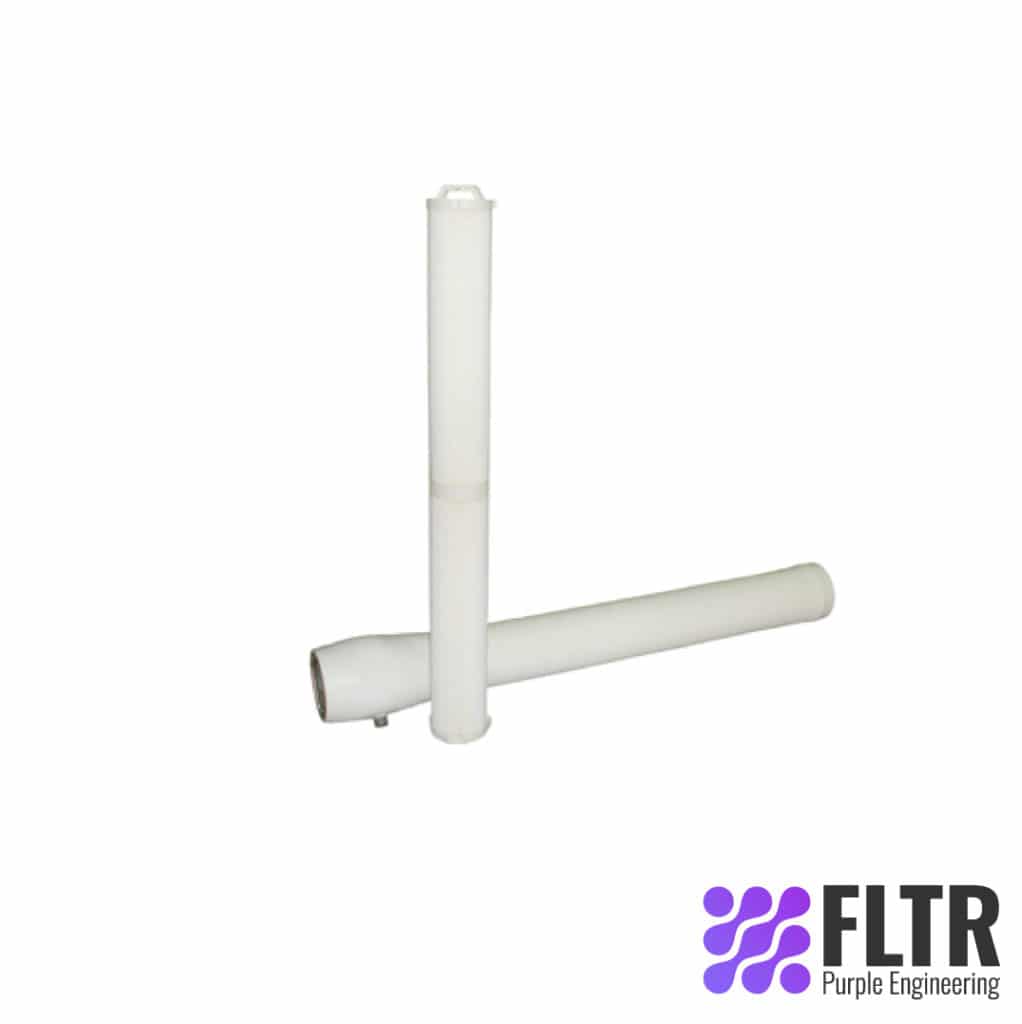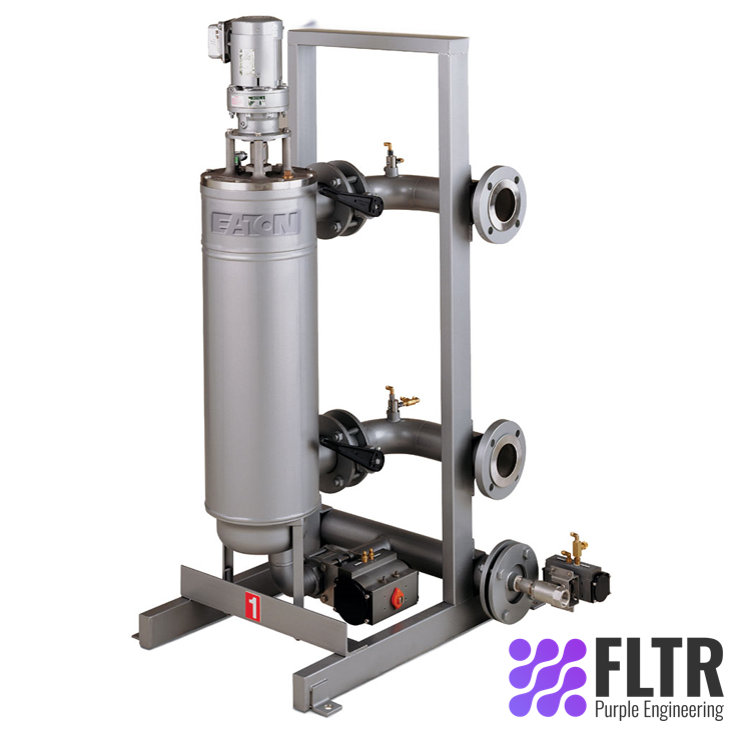Food & Beverage Industry
The food and beverage industry is one of the largest industrial sectors to meet the needs of a growing population globally. They produce raw food and processed food and beverage according to consumers’ demand worldwide. There are several objectives in the food processing industry to achieve. These include:
- Safely preparing foods chemically and microbiologically
- The best supply of quality foods with rich nutrients
- Processing convenient foods to increase the shelf life

Importance of Industrial Enzymes for food production
Industrial Enzymes play an important role in manufacturing many nutrients and products. Enzymes are essential to maintain the taste and production of food under certain conditions, promoting selective action. When food processing is applied to commercial purposes, chemical processing can aid production. However, the use of enzymes instead of chemicals in the food industry generally results in higher quality products, higher yields and reduced carbon dioxide emissions, energy consumption and pollution. In addition, food enzymes play a role in reducing greenhouse gas emissions and reducing raw material waste. They guarantee high quality and inexpensive products and always offer flexible and efficient solutions that suit consumers’ tastes.
The production of food and drink is environmentally friendly with the help of enzymes. Moreover, food enzymes are effective; to ensure better food security, thus increasing the demand for the food industry. In addition, enzymes play an important role in providing nutritious and attractive foods and beverages to the modern world and have significant advantages over traditional alternatives. In addition, the use of enzymes instead of chemicals reduces the overall production costs.
Role of Enzyme in the food industry
Most enzyme manufacturing is on a large scale utilising microorganisms such as yeast, fungus, and bacteria through the fermentation process. Using suitable organisms and maintaining a safe production environment is crucial for manufacturing the desired high purity enzyme. Controlling the environment with optimal oxygen, temperature, pH, and nutrients for the specific organism is required during fermentation because a change in conditions can cause a breakdown of the fermentation and the loss of productivity. All fermentation ingredients, such as water, nutrients, and pH adjustment chemicals should be free of microorganisms that affect the batch’s quality, consistency, and safety.
Types of enzymes application
There are several classes and types of enzymes in food and beverage processing. Carbohydrase, protease and lipase with carbohydrase are primary food enzymes. Different applications of enzymes in food processing and manufacturing include:
Dairy
- In cheese production, Renmin breaks down and destabilises casein molecules in milk; Lipase is for cheese ripening.
- In milk production, β-Galactosidase and lactase break down lactose to glucose and galactose in milk processing to avoid lactose intolerance.
Baking
- α-Amylases is used for Degrading starch in flavours and controlling the volume and crumb structure of bread in bread production.
Juice industry
- Amylases and glucoamylase break down starch into glucose, clarifying cloudy juice like apple juice.
- Pectinase is used to degrade pectin of structured polysaccharides available in the cell wall.
Cereals
- Trypsin is used to predigest casein.
FLTR has been introduced industrial enzymes for various food and beverage manufacturing processes. These enzymes have several advantages: cost-effective, high-quality, easily usable, increased final product quality, and multi-purpose agent.
SIHAZYM fine TM
SIHAZYM Fine Enzyme is an enzyme that breaks down pectin compounds with secondary β-glucanase activity. The wine filtration process increases due to a combination of pectolytic main and β-glucanase. Filtration is improved by breaking down fibrous substances and filtration – inhibiting residual pectin. Due to its ß-glucanase activity, SIHAZYM Fine enzyme extracts mannoproteins during yeast storage of young wines. The goal is to break down the yeast cell wall enzymatically, allowing for greater extraction of mannoproteins. A higher mannoprotein content improves the mouthfeel and complexity of wines.
Specific advantages of SIHAZYM Fine Enzyme
- Increased filtration capacity and lower production costs
- Release of mannoproteins
- Improves the mouthfeel of wines
SIHAZYM® wine clear
Granulated wine enzyme combines pectolytic and ß-glucanase activity. It helps to enhance the natural clarification of wine after alcoholic fermentation and increases wine filtration. This enzyme is applicable during the must-mash stage and the entire alcoholic fermentation process.
SIHAZYM® wine clear offers several benefits.
- Use in the grape mash
- Increased yield and dry marc
- Improved must pre clarification
- Degradation of ß-glucans in grapes affected by botrytis
- Improved wine clarification and aided natural clarification of wine
- Improved clarification and fine filtration
Applications of SIHAZYM® wine clear,
- Degrading pectin in the grape mash
- Clarification of wine
SIHAZYM claro
SIHAZYM claro is a granulated wine enzyme compound for fast and effective pre – clarification. As a result, high pectin composition leads to poor mashing of grapes and poor clarification. SIHAZYM TM claro is also a filtration enzyme.
The advantages of SIHAZYM TM claro enzyme
- Fast and effective must pre – clarification
- A higher quantity of free-running in grape varieties with high pectin content
- Reduction of juice viscosity
Application of SIHAZYM TM claro
- Depectinization of grape
- Pre – clarification
Panzym ® clair Rapide G
Panzym ® clair Rapide G is a highly concentrated pectinolytic enzyme-free of cinnamyl esterase for wine preparation. Panzym ® clair Rapide G enzyme is composed of a selected strain of Aspergillus niger using submerged fermentation. Panzym ® clair Rapide G shows activities that are optimally turned by the process of winemaking and quickly degrade pectin substances in grape must.
- Suitable for rapidly removing pectin and decreasing the viscosity of the grape during clarification.
- Removes the pectin from the grape must. It is taken only 1 to 2 hours after adding the product.
- Easily dissolves in water using concentrations under normal working conditions.
Panzym ® univers
Panzym ® univers is a multi-purpose pectinase for mash enzymatic. This enzyme is for juice depectinisation of pomaceous, stone and soft fruit. Panzym ® univers is from conventional Aspergillus niger and Aspergillus aculeatus. The appearance of the enzyme is a brown liquid with the typical odour of fermented products. This enzyme benefits economic juice extraction from fruit mash.
Special features of Panzym ® univers
- Leads to complete pectin removal within a minimum amount of time
- Results in a brilliant alcohol test.
The application and function of Panzym ® univers
- Mash enzymatic
It leads to the breakdown of soluble pectin, reduces the juice viscosity, and increases juice yield. The special function of Panzym ® univers is a value addition to fruit ingredients. This enzyme is best added to the mill by a metering pump.
- Juice depectinisation
Panzym ® univers can be lead to the almost complete breakdown of pectins. This property enhances the clarification and enables uncomplicated filtration with high filter service life.
Panzym ® Fino G
Panzym ® Fino G comes from a selected strain of Aspergillus niger and Trichoderma harzianum using submerged fermentation. The composition of Panzym ® Fino G is pectinase and beta-glucanase. It can be used for degrades glucan and pectin substances. That composition helps to improve sensory Analysis and filtration.
The application and special features of Panzym ® Fino G
- Using depectinization and decomposition of beta-glucan filtration can be increased.
- Used as a yeast degrade agent and improves filtration
- Decrease the number of required filtering steps
- Reduce the use of fining agent
- Panzym ® Fino G is an easily soluble enzyme
- It can be used in water using concentrations occurring under normal working conditions
Amylase AG 300 L
Amylase AG 300 L enzyme is a fungus glucoamylase derived from a specific strain of Aspergillus Niger. Amylase AG 300 L enzyme functions as a catalyst for the step-by-step hydrolysis of 1.4-alpha bonds in starch, with glucose separating at the non-reducing end of the molecule. Amylase AG 300 L enzyme also works as a catalyst for the hydrolysis of 1.6-alpha bonds at a slower rate than 1.4-alpha bond hydrolysis. As a result, adding the Amylase AG 300 L enzyme allows for nearly full conversion of liquid starch to glucose.
Features of Amylase AG 300 L
- Fast and effective degradation of starch
- Prevention of secondary haze formation
- Optimal for heat enzymatic
Enter Keyword or Part Number
Then press enter for search results




